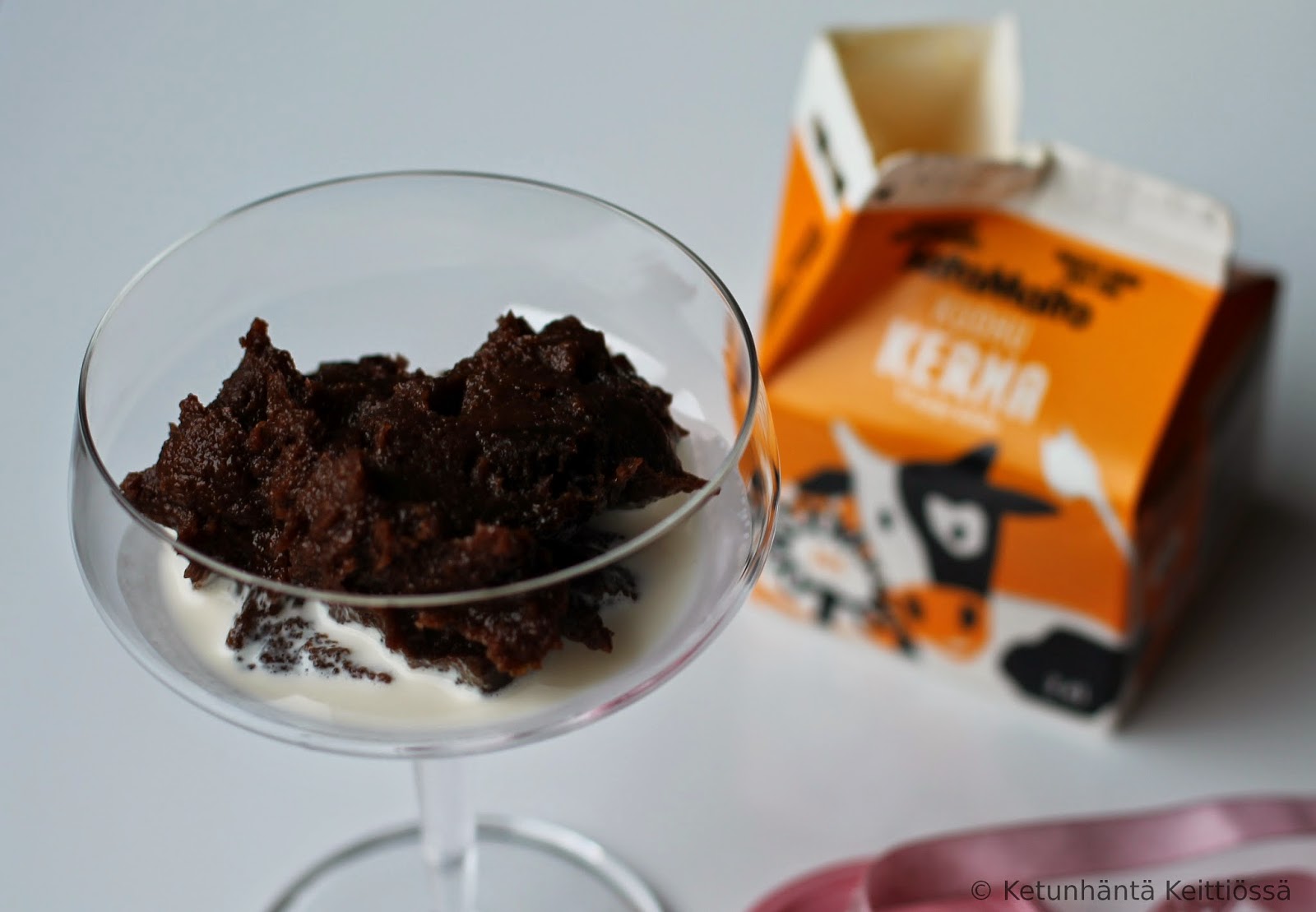Almond Milk
The estate dates back to 15th century. The current owners have really worked hard to renovate the farm and start again the agriculture. The house is surrounded by vast fields of almond and olive trees and we were fortunate to obtain their superb products: olive oil and almonds. I don't think I had tasted Italian almonds before and the ones from Toritto region are supposed to be the world's best. And they were! They really tasted so much better than any I've tasted before. (The almonds in the recipe photos are not those, unfortunately.)
Of course you could buy almond milk from a store, but the self-made stuff is a completely different product in my opinion (try once checking the ingredient list and the almond content on the store-bought variety). This recipe has only two ingredients and it's you who controls the almond-water ratio.
Almond Milk
100 ml (~70 g) almonds (I prefer to buy ones with skin, in which case you'll have to peel them before using)
about 350-500 ml water, depending on how thick you want the milk to be
(0,5 tsp vanilla extract/seeds from half a vanilla pod, optional)
(sugar/maple syrup, to sweeten, optional)
Soak the almonds overnight (or up to 2 days) in plenty of water, as they will swell. (I keep them refrigerated). Once they've been soaked, drain the water and rinse the almonds. Now the skin has softened, so it's easy to peel them: just pinch them between your thumb and index finger and the almond will plop out of its skin. Discard the skin.
Add the peeled almonds and about half the amount of water to a blender and blend until the milk is creamy and smooth (it might take quite awhile, depending on your blender). Add more water, if needed (remember that the milk will get thinner after straining).
Strain the milk using a cheese cloth (or similar). Squeeze the remaining pulp, until all of the liquid is extracted. Transfer the milk to a jar and refrigerate. (If you want to sweeten or flavour the milk, add vanilla and sweetener). Use within two days. Shake before using.
What to do with the pulp: you can use it in smoothies or baking (muffins, cookies...). I usually freeze mine in small pieces, if I don't need it straight away.
Follow Kitchenfoxtales via Instagram, Pinterest and Facebook to not miss a post!


Comments
Post a Comment